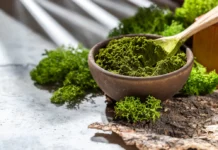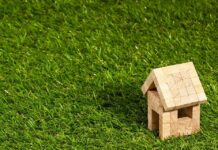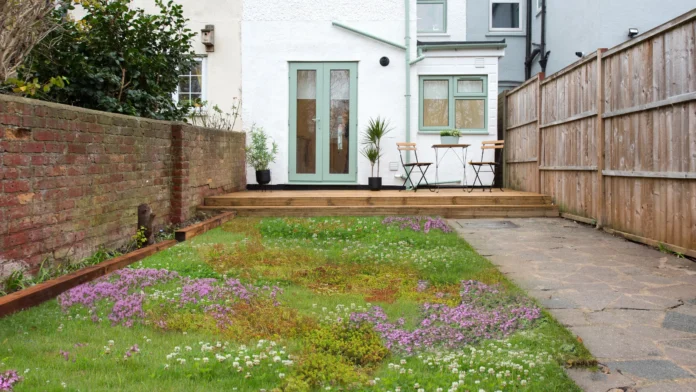
Imagine walking into your yard with a coffee in one hand, no lawn mower in sight, and the kind of lush greenery that looks effortlessly perfect. No frantic trimming or sweating under the summer sun. Sounds too good to be true? It’s possible when you pick the right low-maintenance grass.
Let’s walk through some game-changing options that can take your yard from work-intensive to practically self-sufficient.
Key Points
- Low-maintenance grasses save time and effort.
- Choose based on your local climate and sunlight.
- Varieties include no-mow, drought-tolerant, and disease-resistant types.
- An aesthetic appeal doesn’t have to compromise practicality.
- Start with options that fit your lawn size and soil type.
No More Mowing Marathons
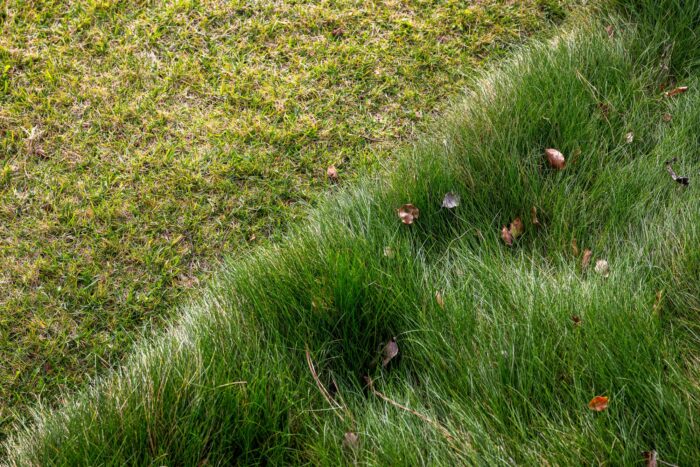
Let’s be real: traditional lawns demand more attention than a high-maintenance friend. Weekly mowing, fertilizing, watering, and watching it dry up in heat – it’s an endless cycle. For those of us with busy schedules, this is hardly ideal. A low-maintenance alternative makes life easier and gives you a gorgeous, resilient lawn without constant care.
When you buy garden plants online from sources like Tree Nursery, you’ll find options that are well-suited to be planted and pretty much left to thrive.
Fescue: The “Cool” Grass That Stays Green Longer
First on the list, is fescue. It’s a hardy choice that loves cooler weather, making it perfect for regions with milder summers. Fescue requires minimal watering and thrives even with low sunlight. Once established, it’s a hardy turf that doesn’t demand much. That means it can endure less-than-perfect care while staying green most of the year.
Zoysia: Your Friend in Hot Weather
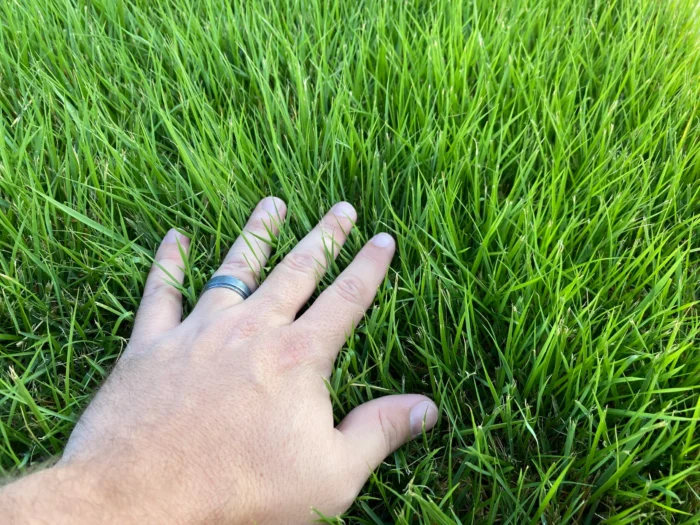
For warm climates, Zoysia is a go-to. With its fine texture, it provides a dense, cushiony feel underfoot that stays thick and uniform. Once it settles in, Zoysia handles drought and requires little watering, making it a top contender for anyone tired of dragging the hose around.
Buffalo Grass: For Those Who Want Minimal Care All Year Long
Buffalo Grass is the champion of low-maintenance yards. Native to North America, it’s well adapted to variable weather. A few perks include resistance to common diseases, insects, and drought. Its fine, soft blades create a natural look, blending well in both traditional and modern landscapes. Buffalo grass needs very little watering and often maintains itself, making it the ultimate choice for those who prefer a hands-off approach.
Bermudagrass: Tough, Resilient, and Ready for Play
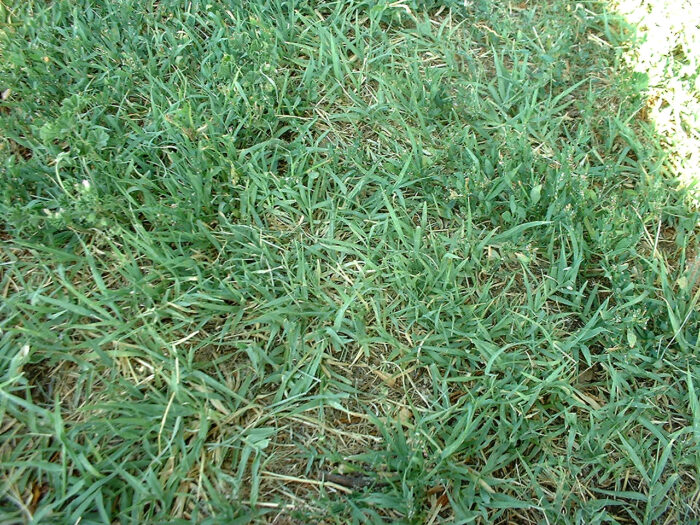
Need a durable turf? Bermudagrass is the rugged option perfect for heavy foot traffic. Often used on sports fields, it’s made for durability, especially in warm climates. Bermudagrass thrives in sunlight and keeps its color with minimal watering, ideal for pet owners or families with kids who enjoy outdoor activities. Once established, it becomes a low-maintenance option that doesn’t wear down easily.
Ryegrass: For Winter Green Without the Work
If your lawn needs a pop of green over the winter months, look no further than ryegrass. Ryegrass seeds establish quickly and maintain a lush color during cooler seasons. While it doesn’t withstand extreme heat, ryegrass can act as an excellent temporary cover. It’s an option that fills in spaces beautifully, requiring only minimal watering and attention during its peak season.
Blue Grama: The Drought Warrior
Blue Grama wins hearts with its striking blue-green color and natural appeal. Known for its resilience in drought, it needs little attention after planting. Blue Grama has a unique, tufted appearance, providing texture to any yard. Ideal for regions with low rainfall, this choice offers a blend of visual appeal and resilience. It stands up to dry spells and brings a wild, grassy charm to your space.
Caring for Your Low-Maintenance Lawn: A Few Pointers
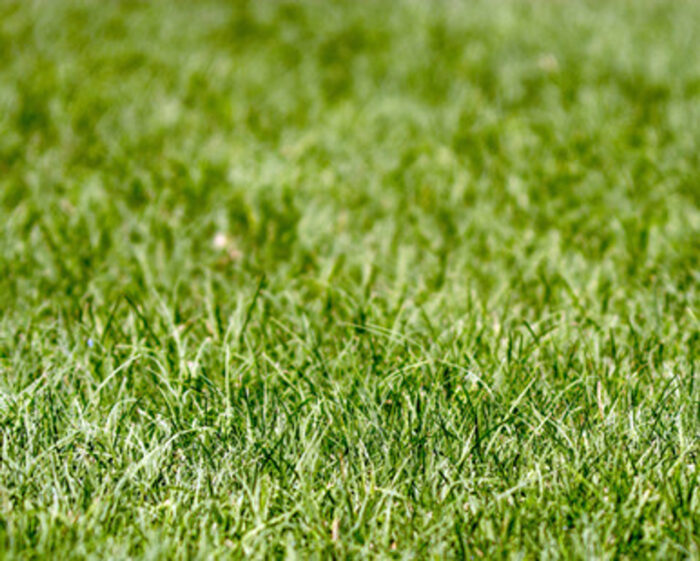
Even with low-maintenance options, a few quick practices can enhance your lawn’s performance:
- Minimal Watering: Most of these varieties are drought-resistant, so hold back on the watering.
- Rare Trimming: Many don’t need frequent cutting, but a trim every season can improve health.
- Avoid Over-fertilizing: The beauty of low-maintenance grass is its adaptability. Stick to minimal feeding.
Quick Tips for Choosing the Right Grass
When choosing grass, consider your specific needs:
- Climate Compatibility: Know your region’s climate, as not every grass fits all.
- Sunlight Needs: Some grass seeds do better in shade, while others need full sun.
- Foot Traffic: If you have pets or kids, a durable option like Bermudagrass might work best.
Top Benefits of Switching to Low-Maintenance Grasses
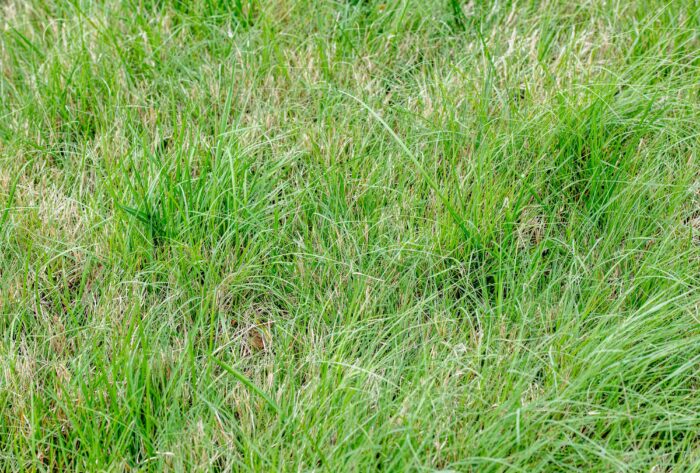
- Saves Time: No more weekends wasted on mowing and trimming.
- Reduces Water Use: Many options are drought-tolerant, so they require less frequent watering.
- Low Maintenance, High Aesthetic: Achieve a beautiful lawn without constant care.
- Durable and Resilient: Ideal for high-traffic areas without risking patchy grass.
- Eco-Friendly Choice: Less watering and mowing mean lower energy and water consumption.
Why Native Grasses Can Be the Ultimate Low-Maintenance Option
When in doubt, go native. Native grasses are resilient because they’ve adapted to local climates and conditions. They often need fewer resources, withstand pests, and require less watering. Native grass varieties naturally fit into the environment, adding to biodiversity while saving you time and resources.
FAQ
1. Can low-maintenance grasses thrive in shaded areas?
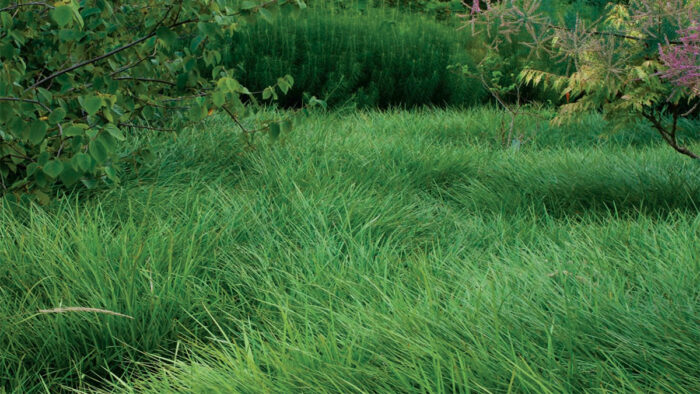
Yes, varieties like fescue handle shade well and stay green without much sun.
2. Are low-maintenance grasses pet-friendly?
Absolutely. Options like Bermudagrass are durable and resist wear, making them ideal for households with pets.
3. How often should I water low-maintenance grass?
Most require very little water. A general rule is to water only during extended dry periods.
4. Do I need to fertilize low-maintenance grasses regularly?
Not often. Most of these grasses are resilient and require minimal fertilization.
5. Is there a grass that grows well in sandy soil?
Buffalo grass and Blue Grama both thrive in sandy or less fertile soils, making them perfect for drier areas.
Choosing low-maintenance grasses gives you a lush, hassle-free lawn that frees up your time and energy. The best time to start is now.

